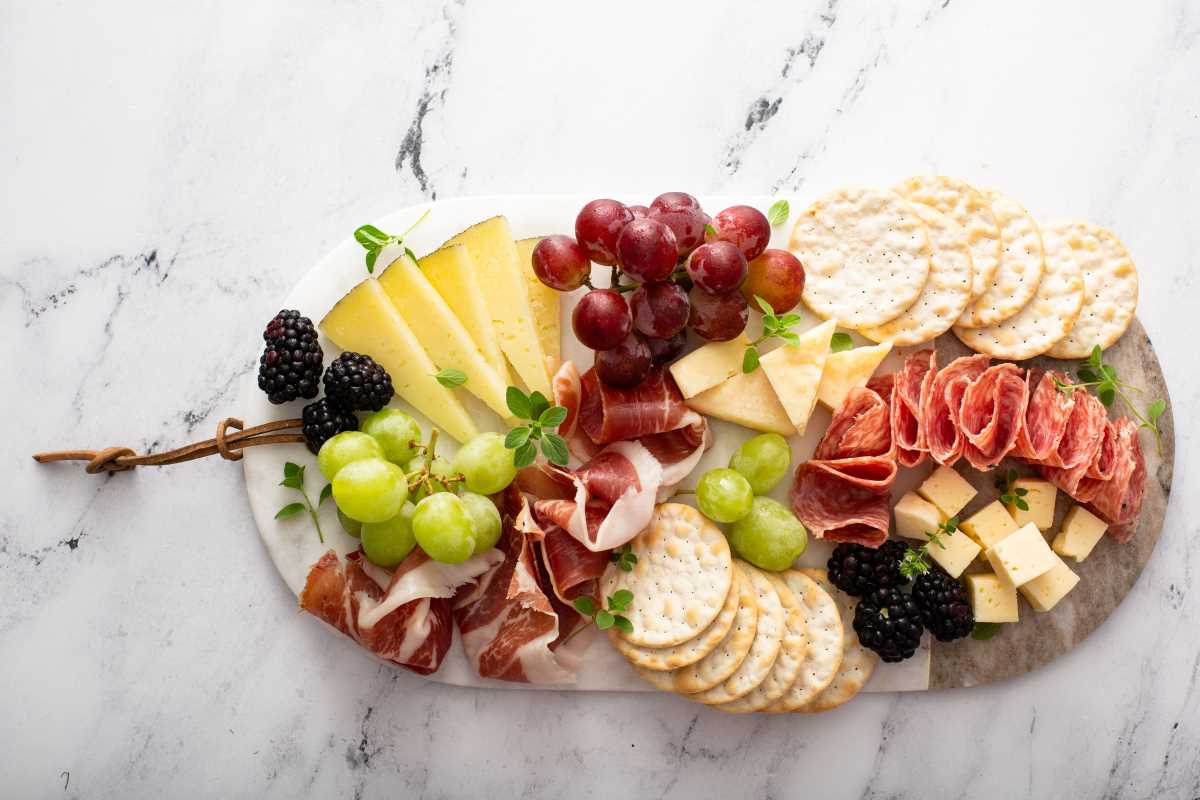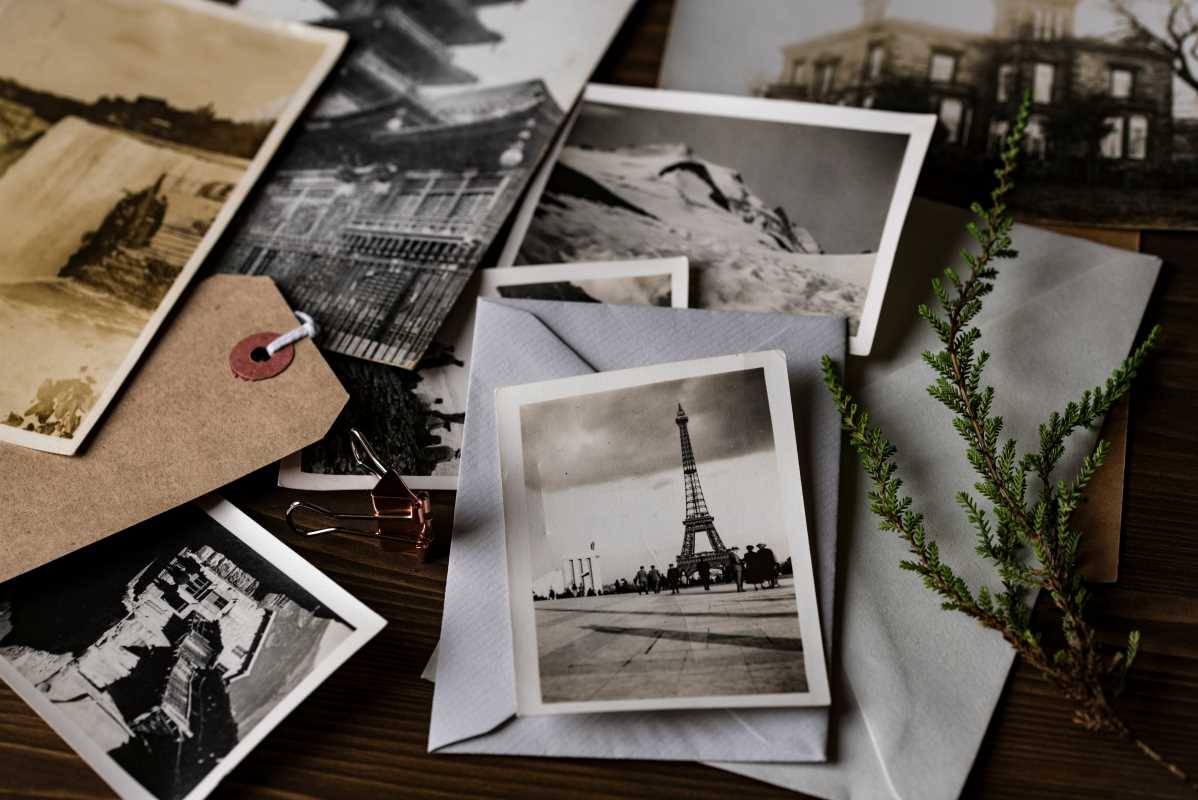Fashion has always been more than just clothing; it’s a way of expression, a cultural statement, and sometimes even a declaration of identity. But in recent years, the worlds of heritage and trends have started weaving themselves together more seamlessly than ever before. What was once preserved for museums or ceremonial occasions is now walking down city streets and popping up in everyday wardrobes.
From vibrant handwoven fabrics to traditional silhouettes with a new-age twist, fashion is transforming heritage pieces into something modern yet timeless. Are we witnessing a revival of cultural artifacts, or are these just the latest trends to take over the industry? Maybe, it's both.
The Power of Cultural Artifacts in Fashion
Cultural artifacts are tangible representations of a community's history, traditions, and identity. They can be anything — intricate jewelry, ornate fabrics, ceremonial garments, or even patterns that symbolize cultural narratives. Throughout history, these items held deep meaning, often associated with rituals, celebrations, or sacred truths of a community.
But why are we seeing these artifacts make their way into modern fashion? Simple — heritage sells. Today’s consumer craves authenticity and a story, and nothing tells a story quite like something tied to culture. Add to that a growing movement toward sustainable and ethical fashion, and cultural pieces—often made by hand using time-honored methods—become even more appealing.
Take, for instance, the adoption of traditional Japanese kimono silhouettes into high fashion. While kimonos have been a part of Japanese society for centuries, many modern fashion brands are adapting the garment for contemporary audiences. Designers might maintain the flowing sleeves or sash-inspired belts but use unconventional fabrics or bolder patterns, creating hybrids that feel new yet rich with history.
When Heritage Meets the Runway
We've all seen fashion collections that borrow from heritage, but some designers take it a step further by directly celebrating the communities and traditions that inspire them. The result? A blend that feels both timeless and bold.
For example, African wax prints have become iconic in the global fashion scene. These brightly colored and intricately patterned fabrics hail from West African cultures and have deep connections to storytelling and identity. Big-name designers such as Stella Jean and even high-street brands like Zara have incorporated this style into their collections.
Another perfect blend of heritage and trend is Mexican embroidery. Traditional garments such as the huipil (a type of tunic adorned with colorful hand-stitched designs) have caught the eye of both tourists and the fashion industry. These intricate designs have been reimagined as chic tops, maxi dresses, and even handbags, making this cultural craft more accessible and wearable.
And who can forget India’s influence? Bollywood-inspired glitz, elaborate embroidery, and stunning patterns like paisley have inspired countless runway collections and luxury brands worldwide. Even something as iconic as a saree has been modernized with jumpsuit hybrids or minimalist draping styles perfect for young fashion enthusiasts looking for something bold yet rooted in tradition.
Fashion or Appropriation? A Moral Check-in
Not all cultural influences in fashion are celebrated, though. The blending of heritage into mainstream fashion raises significant questions about appropriation. When does borrowing become disrespectful?
Cultural appropriation happens when designers or brands take inspiration from a culture without giving credit or understanding its significance. It can come across as exploitative, especially when the communities behind these cultural artifacts face marginalization or when their work is reduced to a trend.
Take the Navajo patterns, which have become wildly popular globally. While these patterns look beautiful on jackets or leggings, their misuse has led to lawsuits over improper use of sacred designs. Similarly, Indigenous Australian symbols and art have been exploited without consent or acknowledgment by global brands.
The Right Way to Blend Heritage and Modern Fashion
Fashion enthusiasts can still appreciate and incorporate culturally-inspired pieces without crossing ethical boundaries. Here's how to do it right:
Understand the Origin
Before you buy or wear something inspired by cultural traditions, take some time to learn more about its history and significance. Awareness makes the experience richer and shows respect.
Support Ethical Brands
Seek brands or designers that collaborate with or credit artisans and communities behind the designs. For instance, labels like Banjanan or Brother Vellies work with craftspeople around the world, ensuring they’re paid fairly.
Collaborate, Don’t Exploit
Many designers now work directly with local artisans to ensure the integrity of the cultural designs is maintained. These collaborations don’t just create beautiful pieces — they also empower communities.
Be Mindful of Sacred Symbols
Some cultural symbols aren’t meant to be worn as a fashion statement. For example, Native American headdresses are sacred and represent earned achievements, making them inappropriate for casual wear or non-Indigenous audiences.
Turning Tradition into Everyday Style
One of the most exciting aspects of this growing trend is how heritage pieces are being adapted into everyday style. If you want to incorporate culturally-inspired fashion into your closet, here are some ideas to make it modern yet meaningful:
- Pair a traditional embroidered top with your favorite pair of jeans for a relaxed, boho-chic vibe.
- Opt for a handwoven scarf or statement jewelry to add flair to your usual outfits.
- Choose modernized silhouettes with cultural prints — think a midi dress in African Ankara fabric or sneakers made with traditional Guatemalan textiles.
- Experiment with layering — for instance, wearing a structured jacket with a kimono-style belt for a fashion-forward statement.
- Support local artisans by exploring online shops or cultural markets to find ethically-made and unique pieces.
The Role of Fashion Enthusiasts
Fashion has always been a lens to admire and celebrate cultures across the globe. But as fans of the industry, it’s our responsibility to approach it thoughtfully. When you buy a piece inspired by heritage, choose to support businesses or designers that value the story and the people behind it.
With such diverse and rich histories to draw from, the possibilities for blending heritage and modernity are endless. Every time you wear something rooted in tradition, you’re not only making a style statement—you’re celebrating the people and history that make fashion so much more meaningful.
Are Cultural Artifacts Just Fashion Trends?
The short answer is no. While trends come and go, the incorporation of heritage into modern fashion goes beyond being just another fleeting phase. It’s a powerful way to honor culture, give it new life, and expand its reach.
The real beauty lies in how these designs can bridge the gap between generations and geographies, showing us that the old and the new can coexist beautifully. Fashion enthusiasts like you have the power to take this conversation forward — not just wearing the trends, but asking the bigger questions about where they come from and how they can be appreciated responsibly.
Heritage or trend? The answer might not be one or the other. Instead, it’s a beautiful dance between the two — one that allows us to celebrate the world’s rich tapestry through the clothes we wear.
 (Image via
(Image via





